Sharing the results from my latest Moth Trap Session. I have written posts about setting up a moth trap and on collecting the results if you want some more background info on how and why I use a Moth Trap

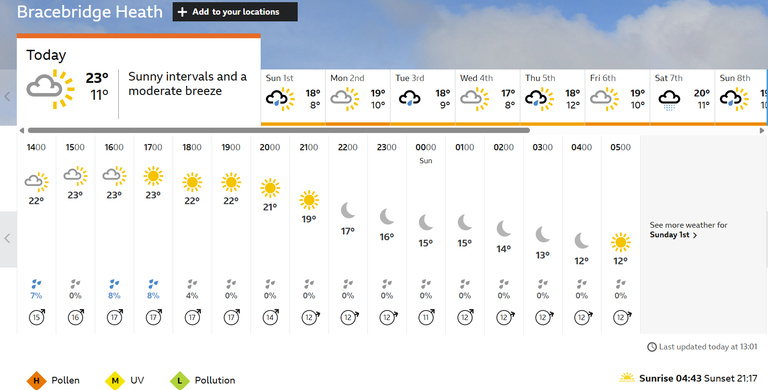
Date: 31st May 2025
Weather:
My last trapping session was on the 23rd May, which showed a noticeable increase on the rest of my trapping sessions this year with a total of 33 moths of 23 species
It has only been a week, but I'm expecting another increase in numbers tonight. Not only has the weather for both yesterday and today been warm and dry, but since last Sunday, we've had some significant rainfall
after 8 weeks of of rain, and bordering on drought conditions, this is a huge relief!
The long awaited rain is a good sign for both animals and plants, and that has cause meant my needed its first cut in 4 weeks. It was such a nice afternoon out there, that I decided to finally tidy up the rest of the garden, and catch up with some much needed weeding on the patio

Thats better, I can actually see the patio now....
While pottering around, I did of cause keep my eye out for wildlife... there were plenty of Dock Bugs, and various species of Bee whizzing around. No butterflies though, but I did spy this Spider:
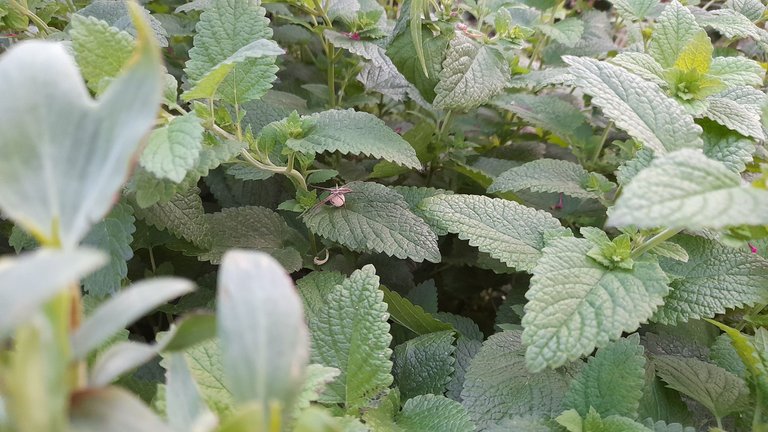
Can you see her? I'll zoom in...

This is a Nursery Web Spider (Pisaura mirabilis)
The common name comes from the fact that the mother actually looks after her eggs before they hatch. She uses her web to wrap them tightly in a little ball, and carries them around wherever she goes until they eventually hatch... this is the first time I've seen one of these spiders actually doing this... cool huh?
Back to moth trapping. The change in weather conditions means a change in trap set-up. For all of the sessions this year I have been positioning the moth trap on the patio just outside the back door. This is partly to keep it sheltered in the cool evenings, but also its easier to check the trap during the session.
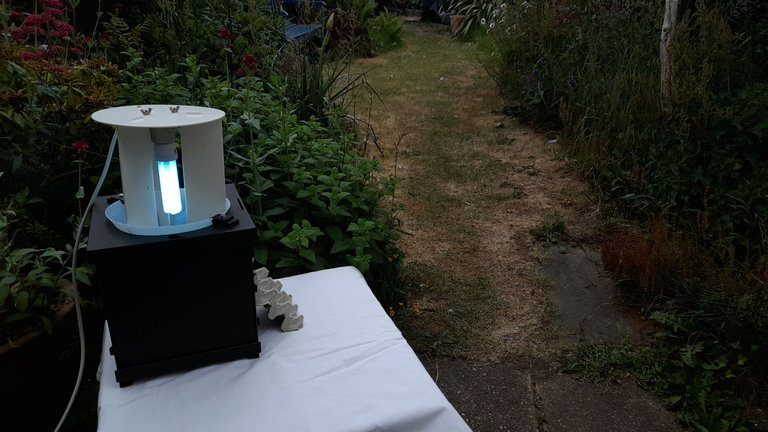
Previous position - Moth Trap on Patio
Now its time to move it in to a position further up the garden. More moths will need more space, and the light is more easily seen, to hopefully attract as many as possible...
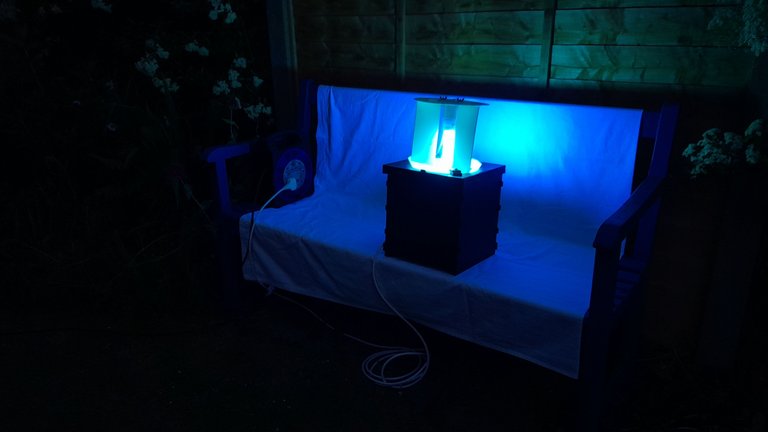
New position - Moth Trap on Bench, further down the garden
So, good weather conditions, moth trap in better position, and the fact that I've already recorded 2 species of moth while getting set-up, I'm feeling really optimistic about tonight!
Lights on, pots at the ready... Here. We. Go!
Results: 20 moths of 14 species
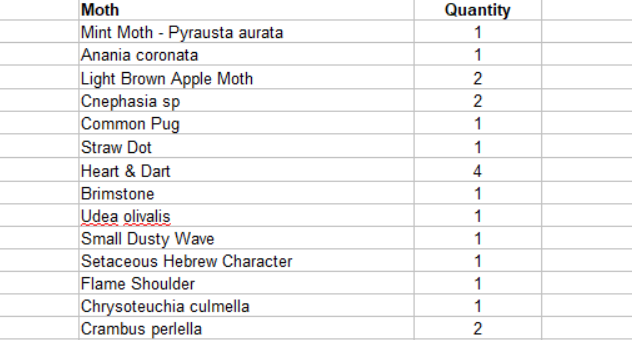
Summary of Results:
Well, as mentioned earlier, I saw 2 species of moth before I had even turned the trap on.
There was a Mint Moth (Pyrausta aurata), and almost immediately afterwards, I spotted Anania coronata
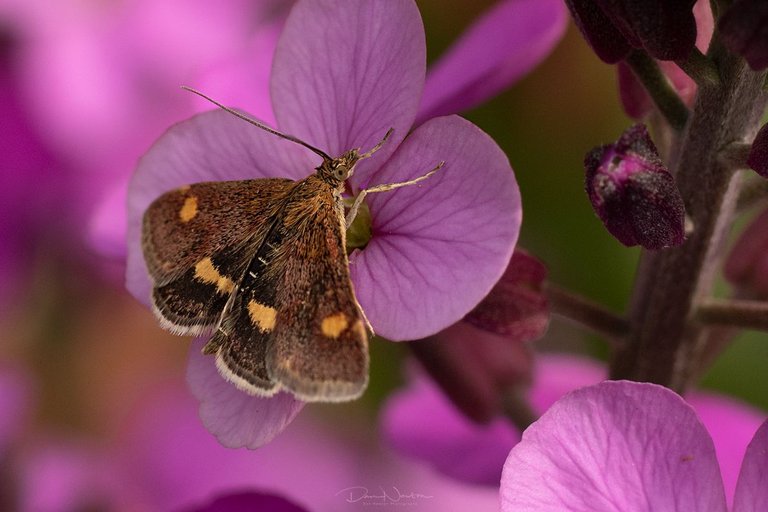
Pyrausta aurata
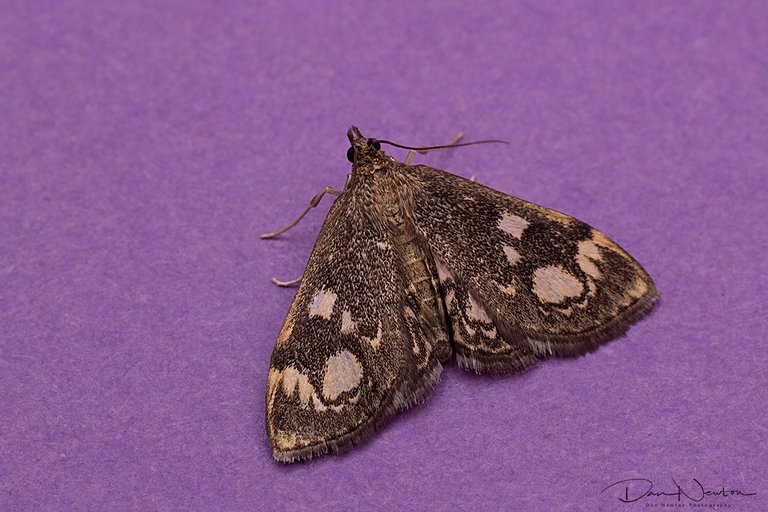
Anania coronata
Both of these are members of the Crambidae family, and both relatively common and widespread here in the UK. And both now added to my list of records for 2025 :-)
This was a good start... and then when dusk fell, and we entered night time... and nothing happened. There were plenty of flies, and caddisflies
Caddisflies look like moths, and are closely related, but they are in a separate family - trichoptera
An example of a caddisfly - Phryganea grandis
Eventually there were a few new arrivals, I saw a Light Brown Apple Moth flitting near the trap, and there were 2 Heart & Dart's sat inside. And then I spotted a Straw Dot, feeding on the flowers nearby:
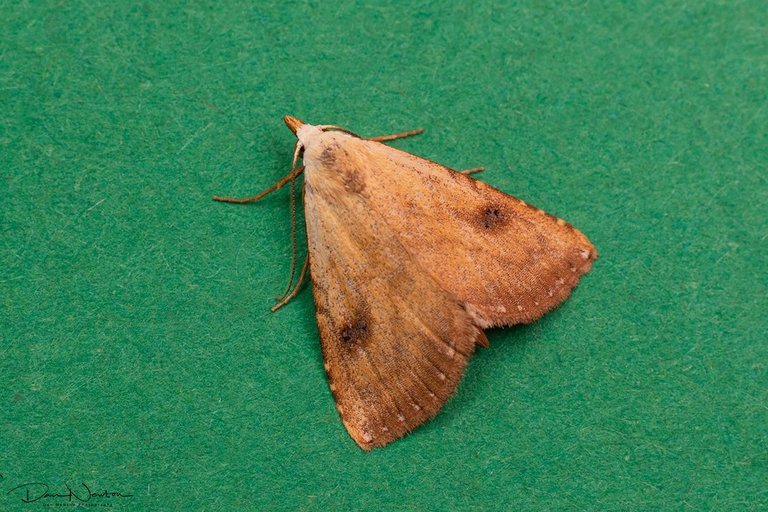
Straw Dot - Rivula sericealis
Other moths started to appear one at a time throughout the session, but it was really slow going!
Other Moths seen:
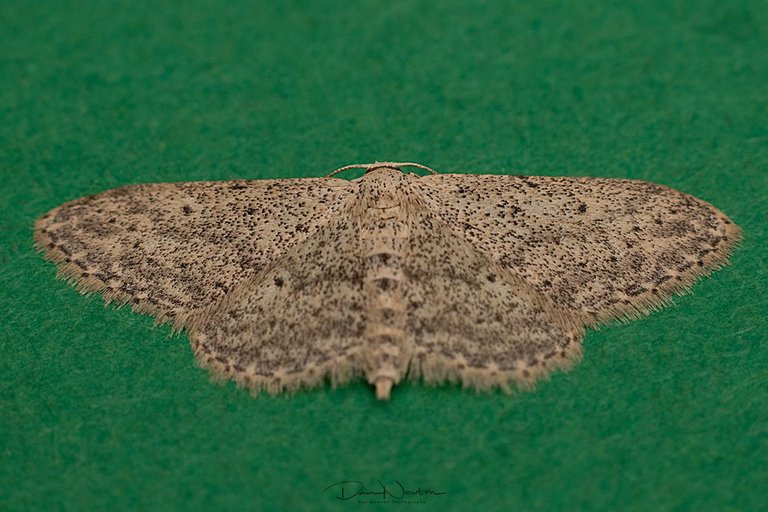
Small Dusty Wave - Idaea seriata
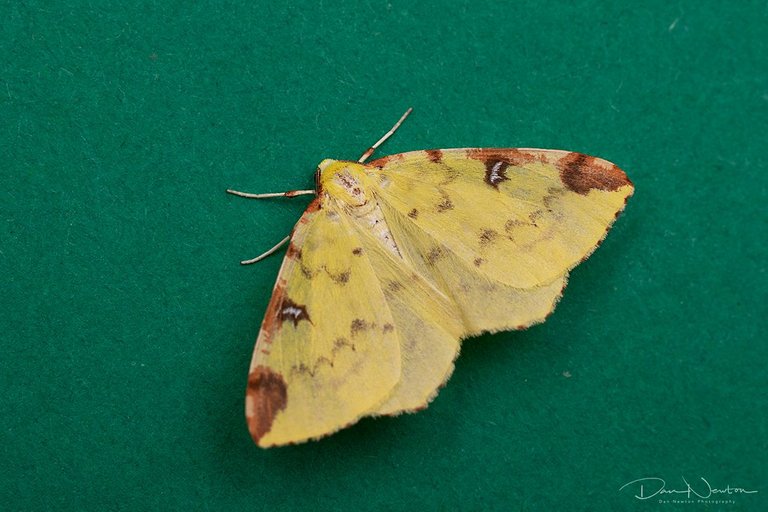
Brimstone Moth - Opisthograptis luteolata
The Brimstone was a nice burst of colour, but all of these are common and widespread, and nothing particularly interesting.
By 1am I was getting a little bored of the lack of action, and decided to end the session. As I went out, I spotted 2 more species in a brief, late flurry of activity: A Setaceous Hebrew Character and then a Flame Shoulder (shown below)
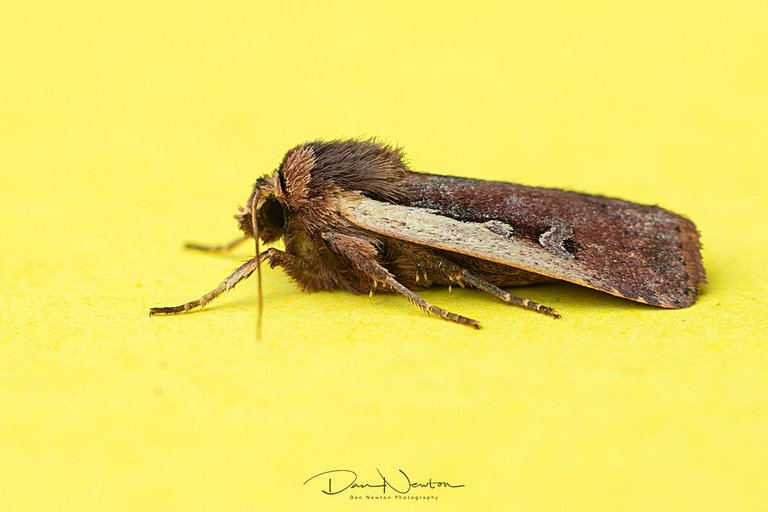
Flame Shoulder - Ochropleura plecta
And that was that!
Once again I've been let down by what appeared to be have great weather conditions, and the results from last week were better than what I caught last night!
It's a fickle business, this moth trapping lark!
Nevermind, I guess I'll just have to try again next time.... maybe give it 2 weeks before the next session to give the moths a chance to emerge so I actually have something to talk about in my next report lol
What will happen next time? Will it be busy and chaotic? Will it be quieter? Will I find something new to record?
Well, once again, there is only one way to find out!

Notes on Pictures: Since I started moth trapping 5 years ago, I have been slowly building up collection of Library Images. The idea being that once I have taken a picture of a particular species of Moth, I don't need another picture of the same species a year later. It’s a waste of time and energy. I only take pictures of new species, or of moths that are difficult to ID, so I can get the records verified.
While in my care, all individuals are looked after, and after Photographs have been taken, they are all released safely outside.
All names confirmed and checked via Wikispieces
Further Research from UK Moths and NatureSpot

If you have any thoughts or opinions on this article then I'd love to see your comments.
And if you really like the content then maybe you would like to upvote or re-hive it.

Check out my website for more of my work.

Click HERE if you wish to join the new Holozing blockchain game!

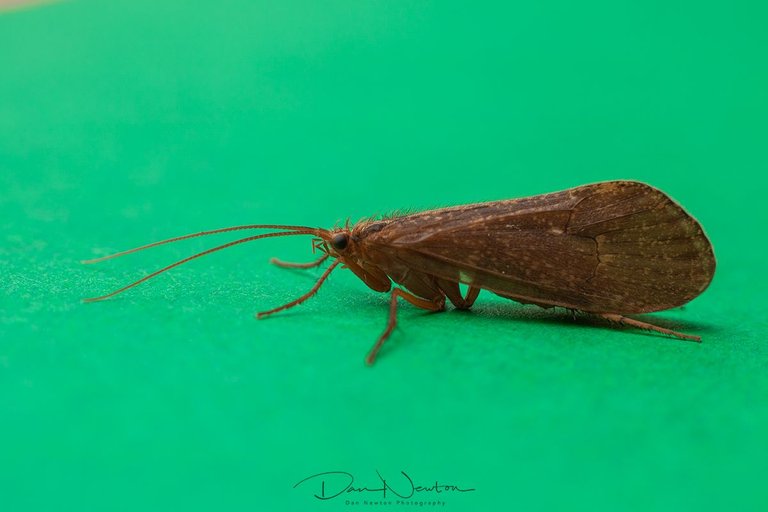
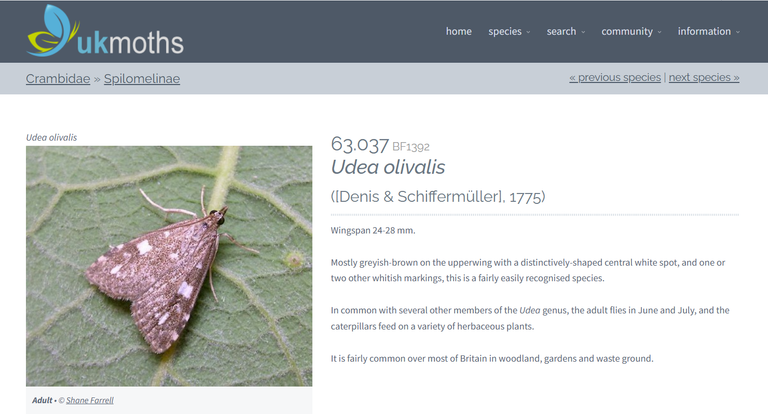
Of course, the Brimstone caught my eye. :)) But second place went to Pyrausta aurata because I liked the dots. Not as good as the last try, but not too bad...
I do like the little Mint Moths (Pyrausta aurata), but agreed they were the best of a disappointing haul... will try again to find some to impress you next time ;-)
I'll be watching!
That is a beautiful work the nursery web spider does, by carrying her eggs wherever she goes. I think that is going to keep her eggs safe.
Wow! Beautiful photos, this is my favorite.
Amazing, Your love for nature and dedication to moth trapping is inspiring. The Nursery Web Spider and colorful moths are such great finds. Looking forward to hearing about your next session!
!CURATE BY
@quiubi
Thank you for your contribution to the community🌍🐏
Remember to delegate to us or join the curation trail to participate in the weekly hbd prizes🥇🏅
Wuo! im always happy to see your new updates with this friends ✨
It's just like that, if there is light rain, it is much more beneficial, especially now that the temperature in our city is hovering around 45, people are very worried about the heat. Now when it rains here, the weather will become pleasant and all these places that you have shown us look much more beautiful.
How curious why would a nocturnal animal have a yellow hue?
er... camouflage during the day time?
To be fair, moths come in LOTS of different colours, and while brown may be very common, they can be black, grey, yellow, green or red
Some pictures on my website to illustrate a variety of colours :-)